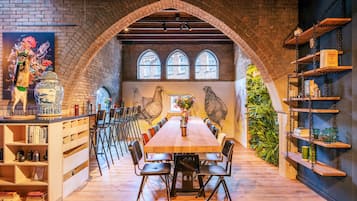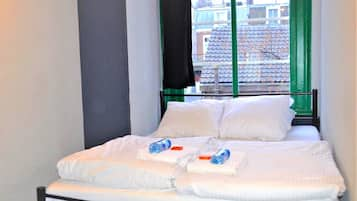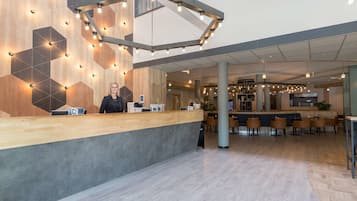The Singel was one of Amsterdam's original canals, providing the city with both defence lines and transportation routes. In modern-day Amsterdam, it is a regularly visited street with numerous monumental houses, cathedrals, and medieval towers. Some of the most eye-catching structures along the canal include the Munttoren medieval tower and the world’s narrowest house at Singel 7.
This beloved canal stretches out over 1.8 km and connects the IJ bay with the Amstel River. It’s within walking distance of Amsterdam Centraal train station and other highlights like the Royal Palace and the Nieuwe Kerk (New Church).
Singel in Amsterdam - one of the highlights of 10 Best Canals in Amsterdam (Read all about Amsterdam here)
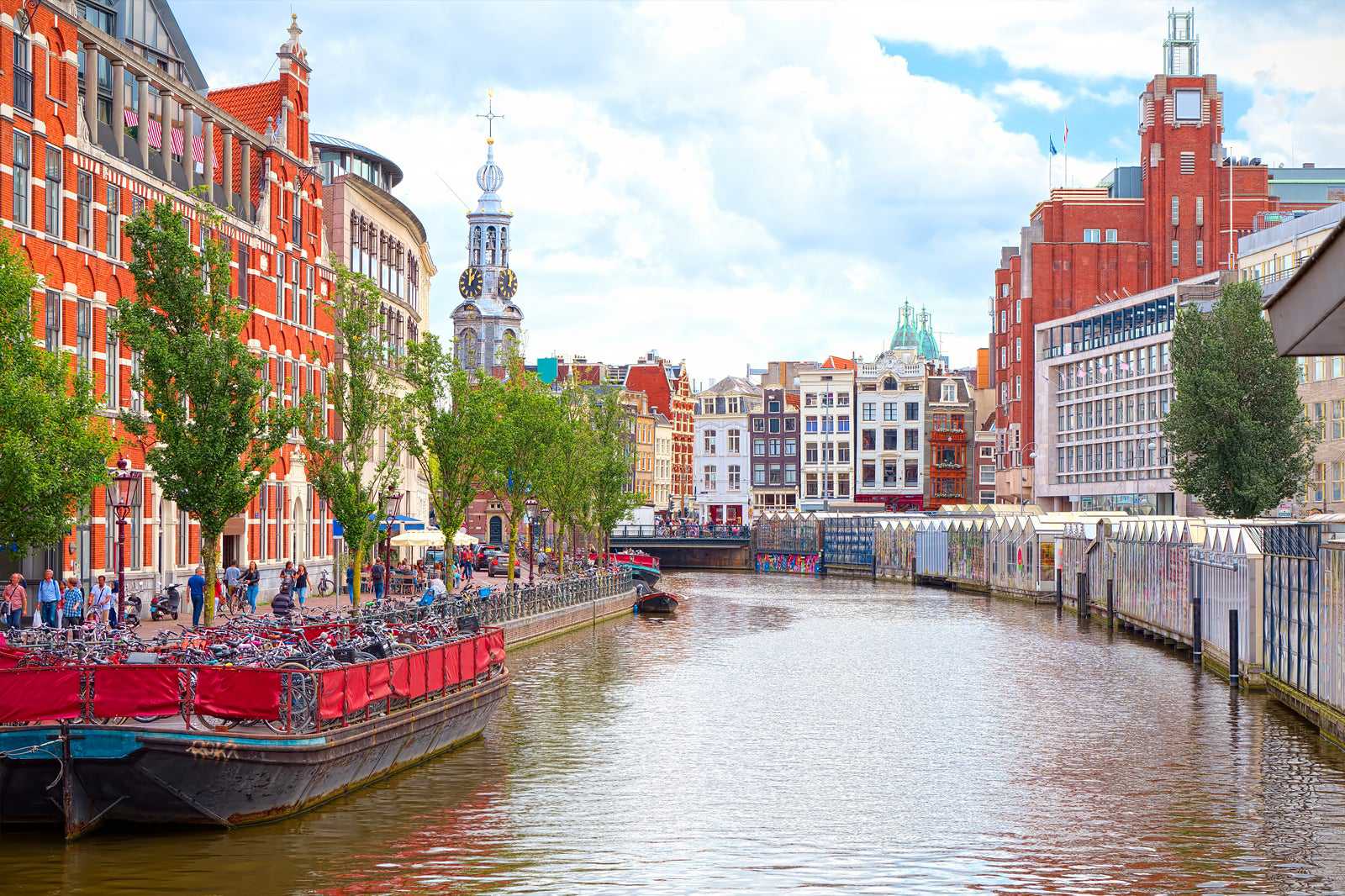
What are the highlights and features of the Singel?
On the banks of the Singel, you can find an eclectic mixture of architectural styles and building purposes. Starting from the IJ side, the residential building at number 7 catches the most attention due to its extremely slim front. An ordinary door just fits into the building, giving it the unofficial title of ‘narrowest house in the world’.
The Koepelkerk or the Round Lutheran Church is the next remarkable structure along the Singel. This circularly shaped 17th-century cathedral with its copper dome makes for a wonderful introduction to one of Amsterdam’s oldest waterways.
Continue walking to gaze at the brick facade of Huis De Dolphijn (Dolphin House), an early 17th-century home with stepped gables and a long list of notable inhabitants. A stroll over the Singel isn’t complete without seeing the Bloemenmarkt, a floating flower market selling heaps of seeds, flowers, and Amsterdam-related souvenirs. The Munttoren military defence tower marks the borders of medieval Amsterdam and the meeting point of the Singel and Amstel River.
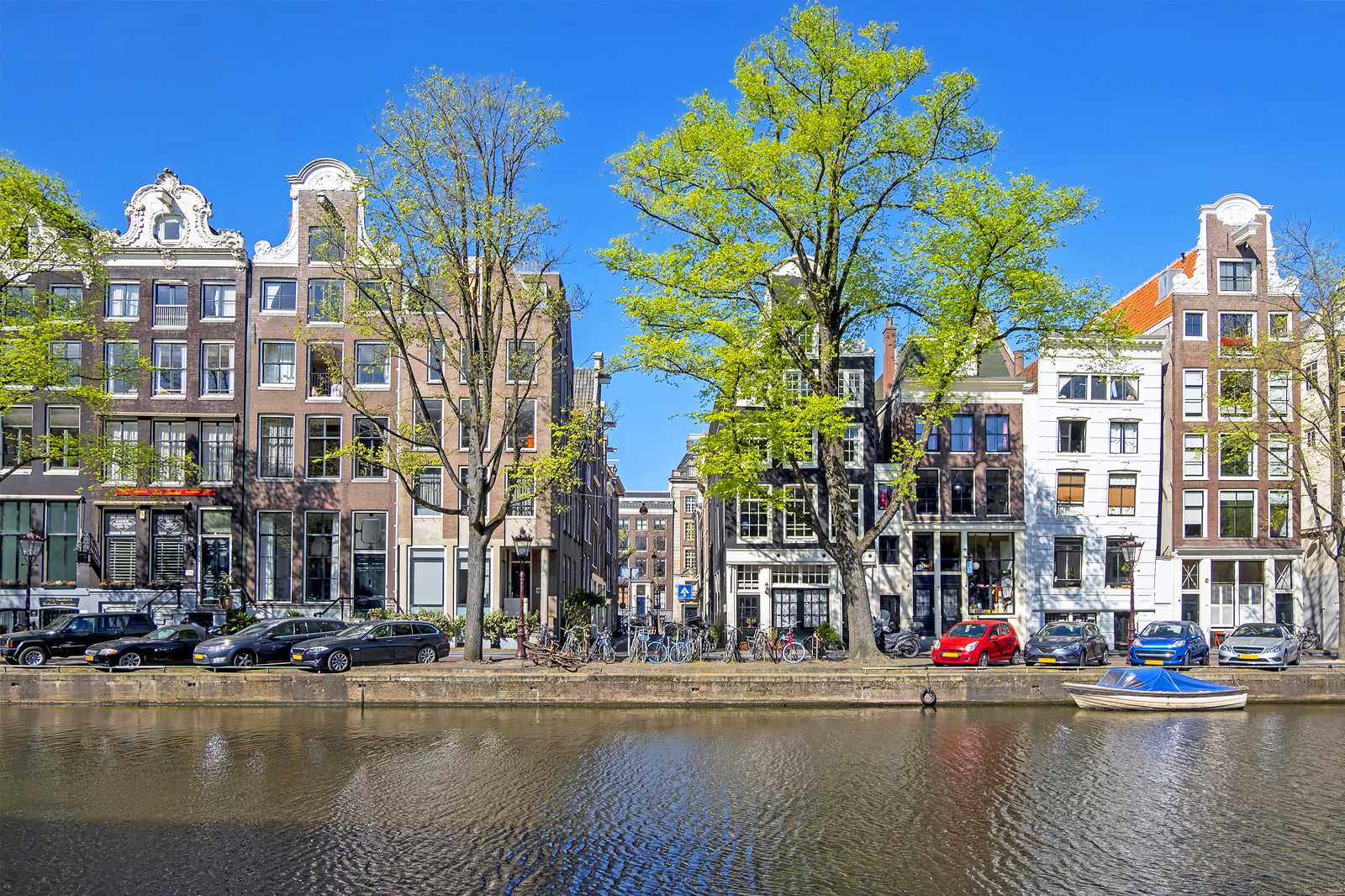
A brief history of the Singel
The Singel was dug out when Amsterdam was still a modest town, without the fame its name carries nowadays. Along with the Kloveniersburgwal and the Geldersekade, the Singel was one of the original canals of Amsterdam. Digging commenced in 1428, and the canal formed the westernmost border of the city until the next expansion in 1585.
The name of the Singel was temporarily changed to Koningsgracht (King’s Canal) in the 17th century to honour King Henry IV of France. Despite massive developments of the Dutch capital, the Singel remained one of the most significant and picture-perfect canals in Amsterdam.
Being transformed into a quarry early in the 1400s, the Singel became a home to some of the oldest houses in town. A fine example of Middle Age architecture is displayed at house Number 2, with its sublimely preserved Dutch windows and stepped gables.
The landscape of central Amsterdam is primarily defined by the Grachtengordel, the historical canal district of the Dutch capital. This Canal Ring is widely known for its nightlife scene and coffee shops, but the canals themselves are quite pretty and worthy of a space on your itinerary.
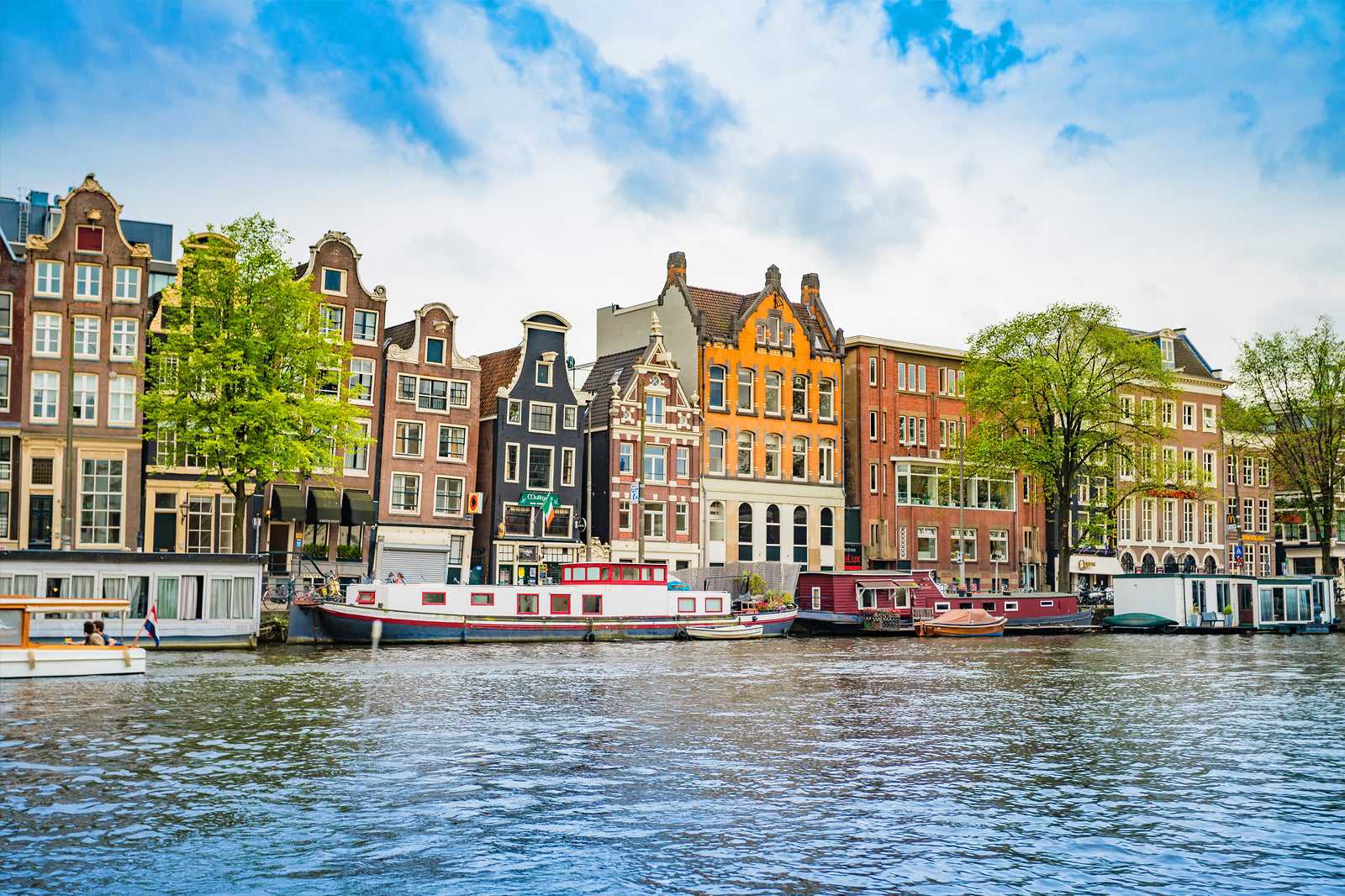
Good to know about the Singel
Though the Singel is a very picturesque hotspot in Amsterdam city centre, it was initially established as a barrier to keep enemies at bay. The different districts of the historic centre were connected through bridges – the oldest and broadest of them all can still be found over the Singel canal.
The Torensluis bridge was erected in 1648, spanning over the canal and currently connecting De Herengracht and Amsterdam’s old core. Under the bridge, the barred windows indicate the position of a former dungeon, which still can be visited.
Do keep in mind that if you’re travelling to the Singel by car, parking spaces are minimal. Therefore, it’s easiest to venture on foot or – in classic Dutch fashion – by bicycle. Just a short walk away from the Singel are compelling sights such as the Nieuwe Kerk and the Amsterdam Tulip Museum.







